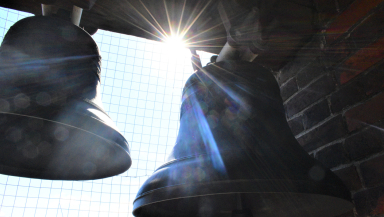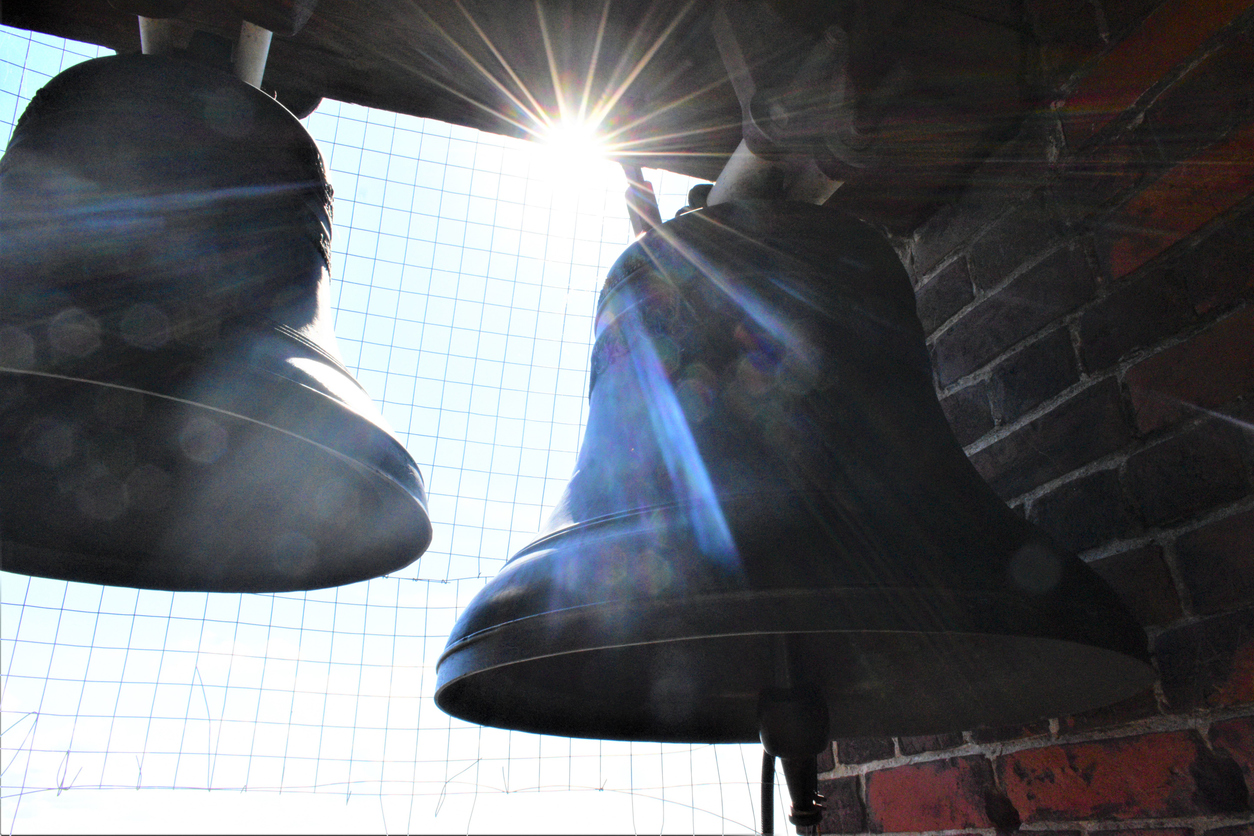
After years of silence, the sound of church bells filled the air on VE Day in 1945, marking a significant moment in history. This event was not just a celebration of victory, but also a return to normalcy for communities that had endured the silence imposed by war.
Biblical Origins of Bells
The concept of bells in religious settings can be traced back to the Bible, specifically in Exodus 28:31-35. According to these verses, the High Priest was instructed to wear a robe adorned with golden bells. These bells were meant to sound as the priest entered the holy place, signifying his presence before the LORD.
The Evolution of Church Bells
Church bells made their debut in Christian worship in the fifth century and became more widespread by the seventh century. Over time, they evolved into a vital symbol of time and worship. In an era before the prevalence of clocks, the ringing of church bells was crucial in signaling the start of worship services. They also played a role in announcing significant events such as weddings, funerals, emergencies, and victories.
Impact of the First World War
The First World War saw the silencing of church bells due to restrictions imposed by the British Defence of the Realm Act in 1914. However, their sound returned on Armistice Day, 11 November 1918, to signal the war’s end.
Church Bells During WWII
In wartime Germany, the Nazis confiscated church bells for their metal, essential for the war effort. In contrast, British church bells were preserved due to their cultural and spiritual importance. Following the Dunkirk evacuation in 1940, the British government ordered the silencing of church bells to prevent confusion during air raids and to reserve their use as an invasion warning.
Exceptions to the Silence
An exception came in 1942 when Winston Churchill allowed bells to ring to celebrate the Allied victory at El Alamein on 15 November. Although the bell ban was partially lifted in 1943 for Christmas and special occasions, the absence of bell ringers meant that many churches remained silent.
The Symbolic Return on VE Day
VE Day in 1945 was marked by the return of church bell sounds, symbolizing not an invasion but the end of the war in Europe. The bells’ resonance sparked spontaneous joy and a sense of relief across the nation, signaling freedom and the return of normal life. For many, the sound was deeply emotional, as it was associated with community and worship, now restored. On this day, church bells called people to services of thanksgiving, marking the end of a long and challenging era.
This article was originally written by www.christiantoday.com







Be First to Comment